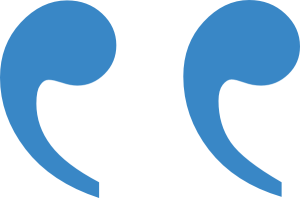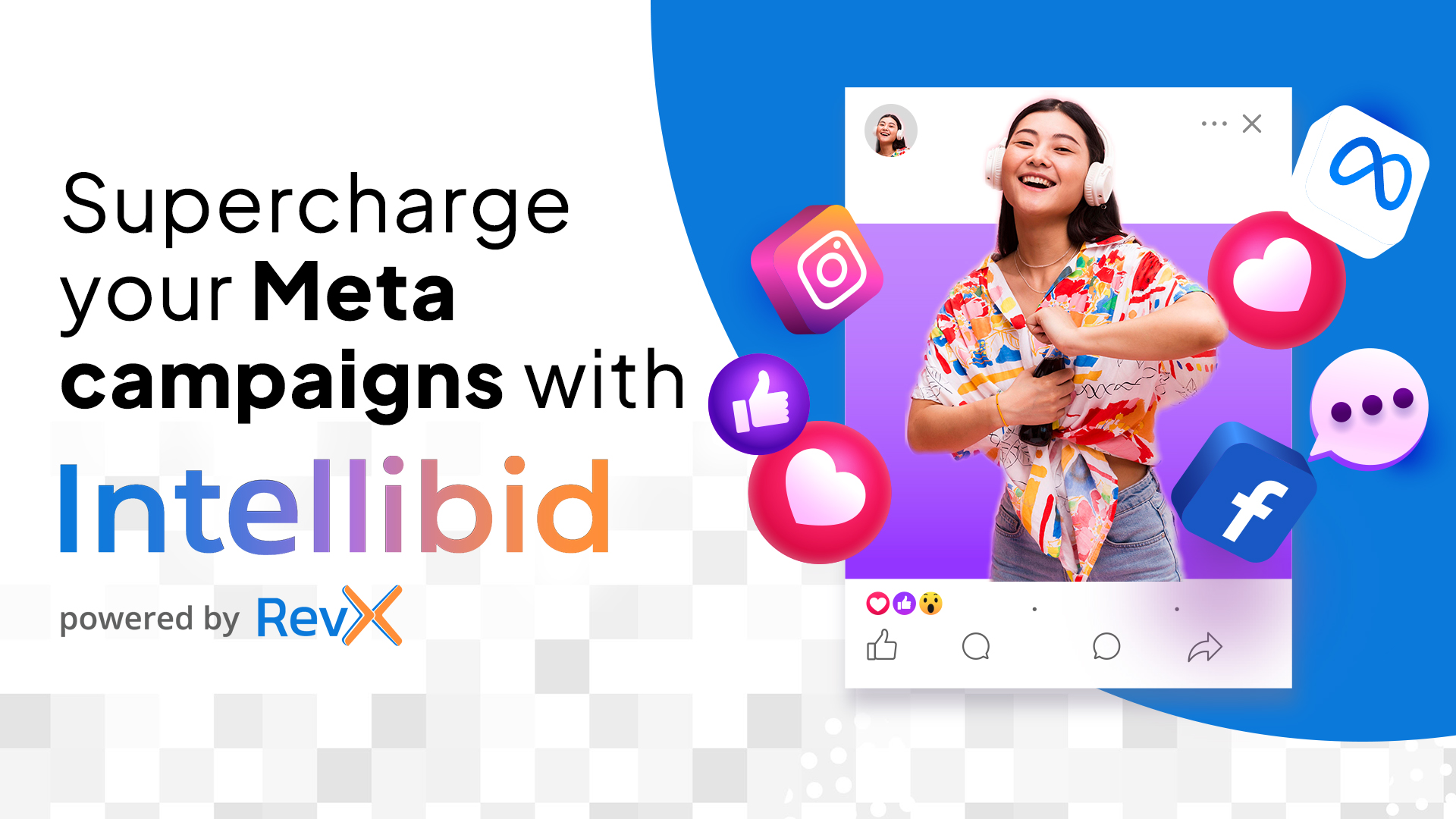App marketers today have various channels at their disposal. No matter how many channels you use, it’s crucial to know how each channel adds value to your business’s bottom line.
Here we consider the difference between Demand Side Platforms (DSPs) and affiliate networks when deciding how to invest advertising budget. We examine both channels with a lens of transparency, ad fraud, brand safety, targeting, and optimization.
What is a Programmatic DSP?
A programmatic DSP (demand-side platform) is an automated interface that enables advertisers to buy and manage ads from various ad exchanges. It uses real-time bidding to buy quality impressions made available by the SSP (supply-side platform), at scale.
Real-time bidding is a process to win ad spaces through an auction that happens in under 200 milliseconds. The DSP bids only for the most relevant ad space making it a highly efficient process for advertisers.
What does this mean for advertisers?
The internet is a huge place with millions of ad inventories. Programmatic DSP enables you to buy only high-quality and relevant ones. And it does this at scale.
The underlying technology is fueled by data-modeling.
From audience segmentation to campaign optimization and reporting, it is designed to be precise, scalable, customizable, and highly efficient.
What is an Affiliate Network or a No-SDK Ad Network?
Affiliate Networks or No-SDK Ad Networks serve as an intermediary between advertisers and publishers who manually run promotions on behalf of the former. Affiliates earn commissions (on purchases, signups, etc) by promoting your products on various channels.
What does this mean for advertisers?
Affiliate networks aren’t directly connected to the ad inventories where your ad/offer would be finally placed. You are essentially outsourcing your marketing via affiliates who may promote it on mobile apps, email, social media, etc.
You do not have visibility into ad placements, impression data, click data, and ultimately, the quality of installed users.
With that in mind, here’s a deep dive into the functioning of these two channels.
Preventing Mobile Ad Fraud
Mobile Ad fraud keeps increasing in scale and sophistication.
The consequences are vast – fraud makes the entire ecosystem unreliable.
Over the years, programmatic DSPs have developed robust capabilities to precisely identify, isolate, and eliminate fraud. The algorithms are trained to detect anomalies (high click-to-install time, irregular traffic, etc) and respond immediately.
The inherent transparency that a DSP offers, helps you better detect ad fraud. You get a clear picture of the sources that are actually driving results vs those creating an illusion of ‘great results’.
For example: At RevX, our deep learning models can detect anomalies by identifying discrepancies between impressions and click activities.
This helps us ensure that advertisers do not waste their budgets on fraudulent inventories/apps.
The bottom line is this; Programmatic DSPs can fight fraud both pre-bid and post-bid, showing you how your ad budgets are put to good use.
Affiliate networks are one of the most popular channels for early-stage apps to drive conversions given their cost-effectiveness.
A few things to note:
🔹 There’s no entry barrier to becoming an affiliate.
🔹 The amount of commission affiliates make is directly proportional to their performance.
🔹 There’s no transparency into impression data, click data, and other useful metrics.
🔹 Affiliates can further re-broker these offers to other affiliates, leading to a cascade of re-brokering.
As a result of which, affiliate networks today are more exposed to ad frauds like click spamming and click injection without many counter-mechanisms.
Click spamming: Fraudsters send a huge number of clicks to mobile measurement partners, hoping to claim credit for the last click before conversion.
Click injection: Fraudsters monitor app install broadcasts (Android only) and inject a click just before an app is installed and take credit for the installation.
There’s a good chance you are either burning money on dishonest affiliates or on honest ones whose hard work is overshadowed by easy fraud opportunities. Ultimately, you end up with a distorted sense of what actually works for your app.
Keep in mind: Whenever your results from campaigns seem too good to be true, it is NOT true. Remember to ask the right questions and see if it adds up.
Assuring Brand Safety
Programmatic DSPs give you the ability to precisely track where your Ads are displayed. They provide granular insights into site-level, publisher-level, and even sub-publisher-level data.
This helps you achieve two things:
1) Blacklist unsafe and low-impact environments.
2) Whitelist apps that can paint a positive picture of your products.
At RevX, our algorithms constantly monitor the trustability scores of apps (publisher sites), allowing our campaign managers to instantly respond to unsafe environments.
Whereas, affiliate networks lack visibility into the affiliates’ ad inventories.
Usually, there’s rampant re-brokering in this ecosystem where affiliates sell their inventories to other third parties and so on. This makes it impossible for you to access impression-level data.
Not only is this a serious risk to your brand reputation but is also a waste of your budget on brand unsafe inventories.
Inventory Quality and Pricing
Reaching the right audience in the right context is key to a successful advertising strategy.
To unlock this, you need the right ad inventories.
Most programmatic DSPs are connected with multiple ad exchanges giving you a massive scale and a variety of ad inventories. For example, if you are looking to run only video campaigns, DSPs can bid on specific ad exchanges that offer quality video ads.
It also matters where you run these ads. If you were promoting a smartwatch, your ad should be seen on a fitness app than on a food delivery app. After all, every environment has a certain story, inciting a specific action from your audience.
Programmatic advertising is driven by real-time bidding. DSPs constantly optimize this bidding process which means that you pay only for the most relevant audience.
Further, it is real-time bidding that determines how much an impression is worth. It is the market that defines an inventory’s value so there’s no room for inflation.
With affiliate networks, the pricing models vary widely; CPA, PPC, PPS (Pay-per-sale), and so on. Because these models are performance-driven, the more money the network can make for advertisers, the more money they earn.
With this nature of incentivization, it is in the interest of some affiliates/affiliate networks to create an illusion of ‘performance’.
Audience Targeting Mechanism
Audience intelligence is the backbone of programmatic DSPs. With data on the audience’s demographic, location, behavior, etc., they can reach the right audience in the most optimal place.
No more shooting in the dark. Programmatic DSPs give advertisers the ability to hyper-target and reduce wastage. With extensive tech capabilities, they can also perform precise audience segmentation with first-party data; crucial in the privacy-first era.
Programmatic DSPs give you a massive scale as well.

There’s only so much time a user spends on social media apps or search. Through RevX, we can add touchpoints outside these platforms, which really helps complete the 360-degree view. This helps us reach the audience wherever they are.”
Affiliate networks have no exact mechanism for audience targeting. Most affiliates do not own channels of their own and simply do re-brokering involving a network of other affiliates.
What does this mean?
🔹 Your Ads are being pushed to anyone and everyone, not backed by audience intelligence.
🔹 When an offer is deactivated, affiliates can only update it post manual tracking. The offers they display are mostly out-of-date which will reflect poorly on your brand.
🔹 Margin loss at every level due to the number of third-parties involved.
Granular Insights for Campaign Optimization
Experimentation is at the heart of every advertising strategy.
To make intelligent decisions on what really works, granular insights are vital.
Programmatic DSPs do this with more accuracy than any other channel. It can pinpoint the exact sources, creative formats, and messaging strategy that is driving better results.
It can help you:
🔹 Identify app categories (supply sources) and users that have a particular affinity towards your apps.
🔹 Score high-performing audience segments and retarget them with precision.
🔹 Know exactly what Ad creative formats, ad copies, feed images and CTAs are driving better results.
🔹 Perform A/B testing and incrementality tests.
🔹 Avoid bidding against yourself for ad inventories
On the other hand, affiliate networks manually outsource your ads through their affiliates.
While affiliates can use various reporting tools, it comes down to the individual affiliate’s ways. There’s no tech-backed guarantee of transparency with these reports.
Overall, campaign optimization becomes highly time-consuming; it involves manual work across multiple affiliates and further branches. Your team’s resources would go into creating hundreds of ad copies that ultimately may or may not work.
Upholding Transparency Overall
Programmatic DSPs show advertisers the full picture and empower them to make informed, intelligent choices. DSPs with managed services like RevX even make these choices for you.
The underlying technology enables it and the team’s talent ensures it.
Ultimately, they give you the transparency to advertise with confidence and clarity.
While in the case of affiliate networks, the very nature of their work is a barrier to this transparency. But not all is lost.
There are several affiliate networks that are moving to programmatic-based ad buying and adopting advanced analytics for better reporting. After all, every channel has the potential to reform and contribute towards a fair advertising ecosystem.
#yestotransparency series helps app marketers take control of their ad campaigns with more clarity and certainty.
See how RevX can support your apps’ growth and do it transparently.



